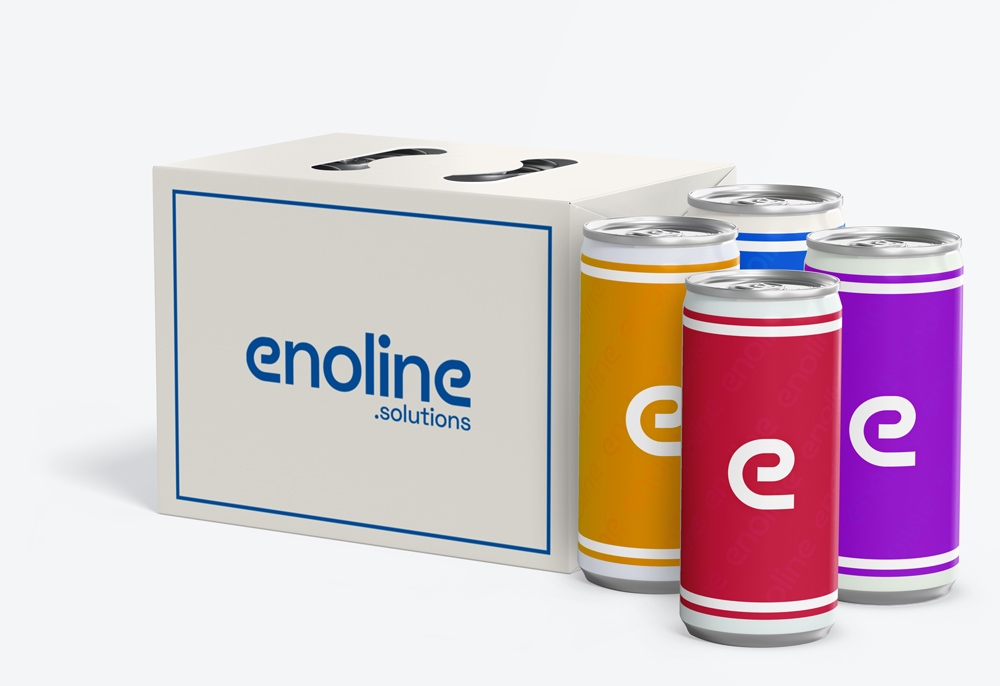February 18th
Milk in Pouches : an overlooked but advantageous alternative

Milk is a dietary staple in many countries. In the United States, it is predominantly sold in plastic bottles or cartons. However, in other regions like Canada, India, and South Africa, milk in pouches is a well-established norm. Why have some countries adopted this alternative while others remain reluctant? What are the advantages and disadvantages of this packaging method?
See our best solutions
2. A History of innovation and adaptation
From Glass Bottles to Plastic Pouches
Before the rise of modern packaging, milk was delivered in reusable glass bottles. While eco-friendly, these bottles were heavy, fragile, and expensive to clean. Starting in the 1960s, the dairy industry began experimenting with new solutions: cartons and plastic bottles gradually replaced glass.
In 1967, the chemical company DuPont introduced the polyethylene milk pouch, first tested in Canada. This lightweight, cost-effective packaging adapted well to the new metric system and became widely accepted, particularly in Eastern Canada.
3. Why has the milk pouch not conquered the U.S. market?
Unlike Canada, the United States heavily embraced plastic bottles, deemed more practical and familiar. Additionally, the U.S. market is influenced by consumer habits and the strategies of major dairy companies, which saw no incentive to change an already well-established system.
4. How to use a milk pouch?
Milk pouches come in flexible packs of various sizes (typically 500 ml to 1.33 L). In Canada, consumers often buy a set of three pouches totaling four liters of milk.
Steps to Pour Milk from a Pouch:
Place the pouch in a rigid pitcher designed for it.
Cut a corner of the pouch with scissors or a specialized tool (like the Snippit).
Tilt the pitcher slightly to pour the milk.
Store the opened pouch in the pitcher in the refrigerator until fully consumed.
Some accessories, such as pitchers with built-in blades (e.g., Jugit and Kankomat), make opening the pouch easier and help prevent spills.
5. Is milk in pouches more eco-friendly?
The primary argument in favor of milk pouches is their reduced environmental impact:
Less plastic – A pouch uses about 75% less plastic than a traditional bottle.
More efficient transport – Its lighter weight lowers the carbon footprint of distribution.
Less bulky waste – Pouches take up less space in trash bins.
However, the reality is more complex. While some pouches are recyclable, processing them is more challenging than plastic bottles. In countries like India, milk pouches are among the leading sources of plastic pollution.
6. Does milk in pouches stay fresh?
One commonly cited drawback is the lack of an airtight seal, which can expose milk to air and accelerate spoilage. However, advocates argue that milk in pouches is consumed more quickly, leading to less waste.
7. Where can you find milk in pouches in the U.S.?
Although rare, milk pouches are available in some U.S. regions, including:
Midwestern states – The Kwik Trip store chain has been selling milk in pouches for over 30 years.
American schools – In the 1990s, some schools experimented with single-serving pouches, similar to Capri-Sun packs.
8. What is the future of milk in pouches?
In the U.S., schools and institutions are exploring alternatives such as bag-in-box systems, which allow milk to be dispensed in bulk via refrigerated dispensers. This method reduces packaging waste and could pave the way for a comeback of milk pouches in some school cafeterias.
Conclusion : a concept worth rediscovering
Milk in pouches offers several advantages: lower costs, a smaller environmental footprint, and a practical format. However, challenges remain, particularly in terms of recyclability and consumer adoption in markets accustomed to plastic bottles.
So, could milk in pouches make a comeback? Only time will tell, but growing ecological concerns might just encourage its broader adoption.
Contact us and let us find the best packaging solution


